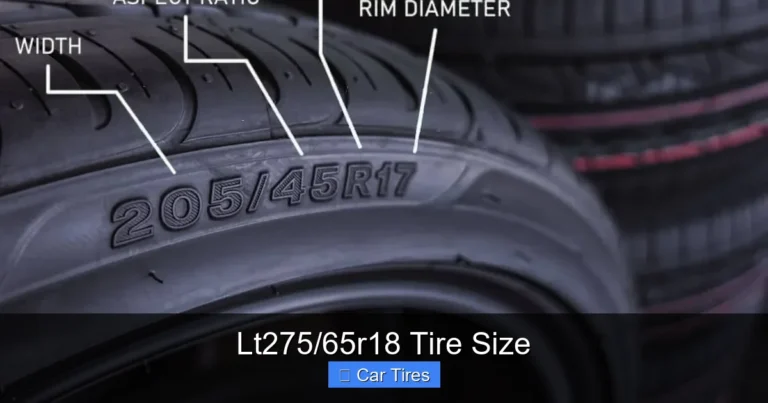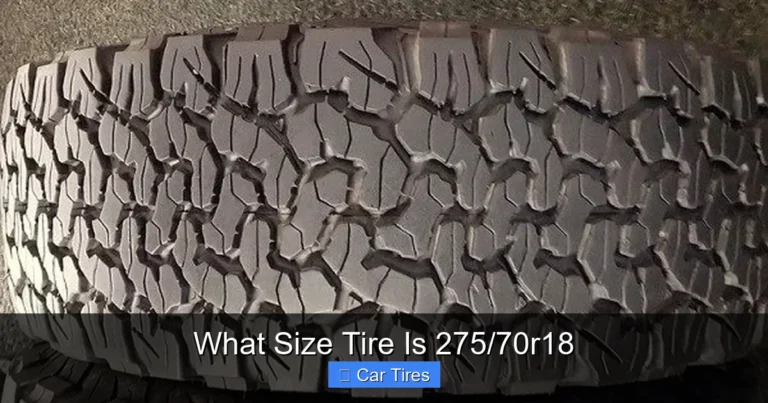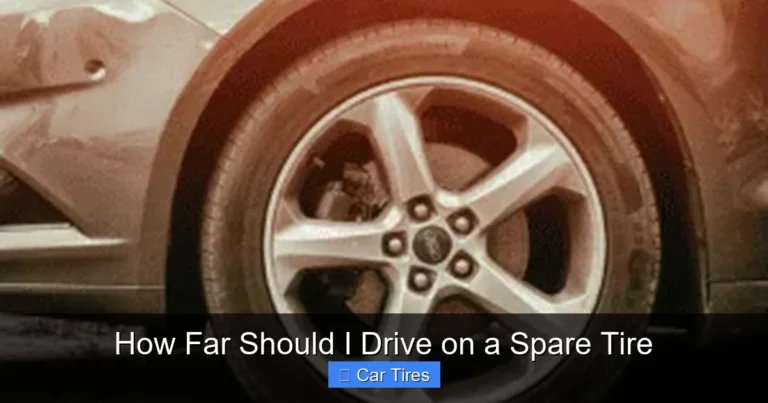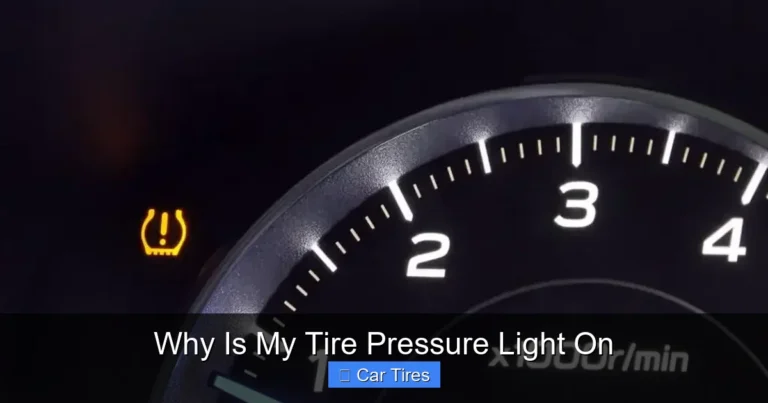Is It Normal for the Tire Pressure Light to Come on After Getting New Tires?
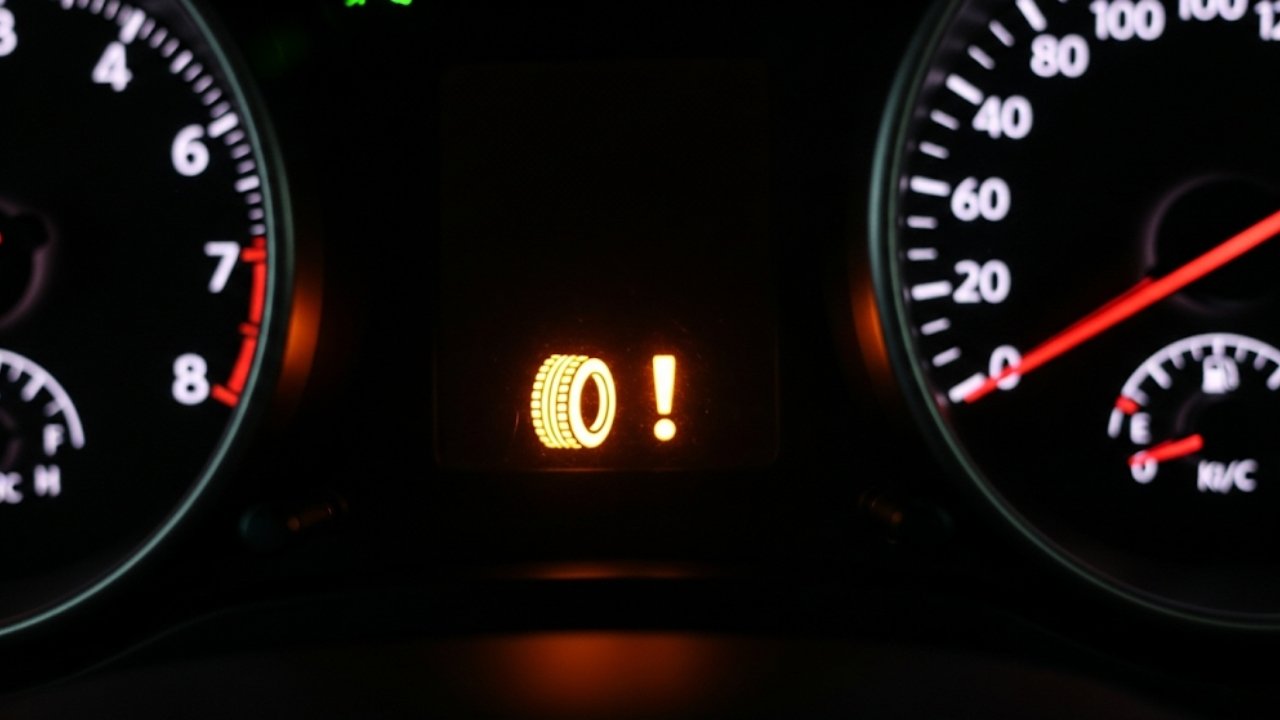
You’ve just had brand-new tires installed, everything feels smooth, and you’re back on the road, happy that you’ve invested in safety and performance. But then—bam!—a little yellow or orange light pops up on your dashboard. The dreaded tire pressure light. You pause, confused. “Is it normal for the tire pressure light to come on after getting new tires?” The short answer? Yes, it can happen—and it’s more common than you think.
At first, it feels ironic, right? You spend money to avoid tire problems, and now your car says there’s one. But let’s breathe. This article will walk you through why this happens, what it means, and whether it’s something to worry about. We’ll dive into real-world scenarios, expert insights, and offer clear, simple solutions. Buckle up—we’re going to demystify this dashboard mystery.
In This Article
- 1 Why the Tire Pressure Light Comes On After Getting New Tires
- 2 Understanding the Tire Pressure Monitoring System (TPMS)
- 3 Common Mistakes That Trigger the TPMS Light After New Tires
- 4 How to Reset the TPMS After Getting New Tires
- 5 Tire Pressure Fluctuations Due to Weather: The Hidden Culprit
- 6 Driving With the TPMS Light On: Is It Safe or Risky?
- 7 How Long Can You Drive With the TPMS Light On?
- 8 When the TPMS Light Isn’t Normal After Tire Replacement
- 9 Frequently Asked Questions (FAQs)
- 9.1 1. Is it normal for the tire pressure light to come on after getting new tires?
- 9.2 2. How do I turn off the tire pressure light after getting new tires?
- 9.3 3. Can I ignore the TPMS light if my new tires feel fine?
- 9.4 4. Do new tires come with pre-installed TPMS sensors?
- 9.5 5. Can cold weather cause the TPMS light to come on after getting new tires?
- 9.6 6. Will my tire warranty be void if I ignore the TPMS light?
- 9.7 7. Do I need to go back to the shop if the TPMS light doesn’t go off?
- 9.8 8. Can I reset TPMS myself, or do I need a professional?
- 10 Expert Tips to Prevent the Light From Coming On Again
- 11 Final Thoughts: Don’t Panic, Just Check and Reset
Why the Tire Pressure Light Comes On After Getting New Tires

Let me share a quick story. A friend of mine, Ali, got a brand-new set of all-season tires before a road trip. Just ten minutes into the drive, the tire pressure light blinked on. Naturally, panic set in. He thought the shop messed up. But when he went back, they explained—it’s normal for the tire pressure light to come on after getting new tires. The sensors hadn’t synced yet. They reset the system, and the light disappeared.
Here are the most common reasons why it happens:
-
Sensors need calibration
-
New tires might not be inflated properly
-
TPMS sensors were damaged or not reinstalled correctly
-
Ambient temperature changed overnight
-
System needs a manual reset
Quick Tips to Handle It:
-
Check tire pressure using a digital gauge
-
Compare readings to the manufacturer’s recommended PSI
-
Go back to the tire shop if unsure
-
Reset the TPMS manually or via a scanner
Understanding the Tire Pressure Monitoring System (TPMS)
The TPMS is like your car’s silent protector. It monitors the air pressure in each tire and alerts you when it drops too low. While it sounds simple, it’s a sophisticated electronic system with sensors inside each tire or attached to the valve stem.
There are two main types:
| TPMS Type | How It Works | Common Issues After Tire Change |
|---|---|---|
| Direct TPMS | Uses sensors inside each wheel | Sensor damage, reprogram needed |
| Indirect TPMS | Uses ABS to estimate pressure loss | Calibration error, false alert |
Direct TPMS is more accurate but also more sensitive. If a technician forgets to reset or reprogram it after installing new tires, you may get that annoying warning light.
So, if you’re wondering is it normal for the tire pressure light to come on after getting new tires, the answer lies in these technical details. The car’s brain and your tires need to “talk” again after a tire change.
Common Mistakes That Trigger the TPMS Light After New Tires
Let’s keep it real—sometimes the issue is human error. Whether it’s a rushed installation or oversight, here are a few things that often go wrong:
-
Incorrect tire pressure during installation: Technicians might inflate tires too much or too little. Even a few PSI off can trigger the sensor.
-
Not transferring TPMS sensors: Some shops forget to move the sensors from old tires to new ones.
-
Sensor damage during tire swap: TPMS sensors are fragile. A little mishandling can break them.
-
Failing to reset the TPMS system: This step is easy to forget, especially if you’re installing tires at home.
I remember replacing tires on my old Civic myself. Everything looked fine, but that light wouldn’t go off. I didn’t know I had to reset the TPMS manually. A five-minute YouTube search later, I found the reset sequence. After pressing the TPMS button for 10 seconds, boom—problem solved.
How to Reset the TPMS After Getting New Tires
So, the light is on—but what now? Here’s a step-by-step guide to resetting the TPMS system in most cars:
DIY TPMS Reset Steps:
-
Turn the ignition on (don’t start the engine)
-
Locate the TPMS reset button (usually under the steering wheel)
-
Hold the button for 10 seconds until the light blinks three times
-
Drive at 30 mph or more for at least 10 minutes
If your car doesn’t have a TPMS button, check the infotainment menu. Some newer models allow you to reset it from the screen.
Still no luck? Try this:
-
Inflate all tires 3 PSI above recommended
-
Deflate them completely
-
Reinflate to the correct pressure
-
Reset the system again
Or visit your nearest tire shop. They can use a special TPMS scan tool to reprogram the sensors.
Tire Pressure Fluctuations Due to Weather: The Hidden Culprit
Sometimes, it’s not the tires or the TPMS—it’s mother nature. Temperature changes can cause tire pressure to drop overnight. It’s normal for tire pressure to drop about 1 PSI for every 10°F decrease in temperature.
You may have had your tires installed during the day when it was warm, and by the next morning, the pressure dropped just enough to trigger the warning light.
️ Temperature vs. Tire Pressure Table:
| Temperature Drop | Approx. Pressure Drop |
|---|---|
| 10°F | -1 PSI |
| 20°F | -2 PSI |
| 30°F | -3 PSI |
In these cases, simply topping off the air usually fixes the issue. So, is it normal for the tire pressure light to come on after getting new tires during seasonal weather changes? Absolutely.
Driving With the TPMS Light On: Is It Safe or Risky?
Here’s the honest truth: while your car may still run fine with the tire pressure light on, it doesn’t mean you should ignore it. That little warning symbol could mean the difference between a smooth drive and a risky situation.
When the light is on, one or more tires may have:
-
Low pressure
-
A slow leak
-
Incorrect sensor readings
Even a small drop in tire pressure—say, 5 PSI—can cause reduced traction, poor fuel economy, and uneven tire wear. If you’re on a highway or driving in wet conditions, this can be dangerous.
Think of your tires like the shoes you wear while hiking. If one shoe’s sole is thinner than the others, you’ll feel it. Your car “feels” that imbalance too, and it affects braking and handling.
So, is it normal for the tire pressure light to come on after getting new tires? Yes, but you still need to check and confirm the cause. Never assume it’s a false alarm—confirm, reset, and then relax.
How Long Can You Drive With the TPMS Light On?
Technically, you can drive a short distance with the light on, especially if you’ve checked the tire pressure and it’s only a slight variation. But driving for days or weeks with that light on? Not a good idea.
Why?
-
It could mask a new issue, like a nail puncture or slow leak.
-
Over time, underinflated tires wear faster, costing you more in replacements.
-
Driving with poor tire pressure may even void warranty on new tires.
Ideally, treat the TPMS light like a check engine light: not panic-worthy, but definitely urgent. Handle it as soon as possible to avoid long-term damage or risk.
When the TPMS Light Isn’t Normal After Tire Replacement
Most of the time, this light is just your TPMS doing its job. But sometimes, the light points to a real problem that was introduced during tire installation.
Warning signs it’s not normal:
-
The light stays on for days, even after checking pressure
-
Tires feel wobbly or bouncy
-
You hear a hissing sound—could be a slow leak
-
One tire looks visibly low
-
You get a vibration at high speeds
If any of these happen, go back to the tire shop immediately. Ask them to recheck all four sensors and ensure the TPMS system was correctly reset. If needed, have a mechanic scan the TPMS module using a diagnostic tool.
Frequently Asked Questions (FAQs)
1. Is it normal for the tire pressure light to come on after getting new tires?
Yes, it is normal, especially if the TPMS sensors need to recalibrate or the tire pressure is slightly off after installation. This is usually a temporary issue.
2. How do I turn off the tire pressure light after getting new tires?
You can reset the TPMS system using a reset button (usually under the steering wheel) or through your car’s infotainment system. You may also need to drive for 10–20 minutes after resetting.
3. Can I ignore the TPMS light if my new tires feel fine?
No. Even if your car feels okay, the light indicates that the system has detected something wrong. Always check your tire pressure and consult a technician if needed.
4. Do new tires come with pre-installed TPMS sensors?
Not always. Some new tires do not include sensors. Your existing sensors should be transferred or new ones installed and programmed.
5. Can cold weather cause the TPMS light to come on after getting new tires?
Yes. Temperature drops cause air to contract, reducing tire pressure and triggering the light—even if your tires are new.
6. Will my tire warranty be void if I ignore the TPMS light?
It depends. If you continue driving with low pressure and it damages the tires, the manufacturer may not honor the warranty.
7. Do I need to go back to the shop if the TPMS light doesn’t go off?
Yes. A technician can use a TPMS tool to diagnose the issue and reset the system properly.
8. Can I reset TPMS myself, or do I need a professional?
You can usually reset it yourself if your vehicle supports manual reset. However, for sensor replacements or complex TPMS systems, professional help may be needed.
Expert Tips to Prevent the Light From Coming On Again
Let’s talk prevention. Nobody wants to deal with that blinking light again right after replacing tires. Here’s how to reduce the chances:
-
Double-check tire pressure after installation, even at the shop.
-
Keep a digital pressure gauge in your glove box.
-
Ask the tire shop to verify sensor programming before you leave.
-
Monitor weather-related pressure drops during seasonal shifts.
-
Do a quick pressure check once a month—it takes 3 minutes!
When you build this habit, you avoid that awkward drive back to the shop or unnecessary panic. Trust me—it’s worth it.
Final Thoughts: Don’t Panic, Just Check and Reset
We’ve all been there. You buy new tires expecting peace of mind, and instead get that glowing dashboard light. But now you know the answer: Yes, it is normal for the tire pressure light to come on after getting new tires, and in most cases, it’s easily fixable.
Treat it like your car whispering, “Hey, let’s double-check something.” Not a scream—just a whisper. With a little attention and a quick reset, you’re back to smooth, safe driving.
So next time that light comes on, take a deep breath. Grab a tire gauge, reset the TPMS, and if needed, head back to the shop. You’ve got this.

